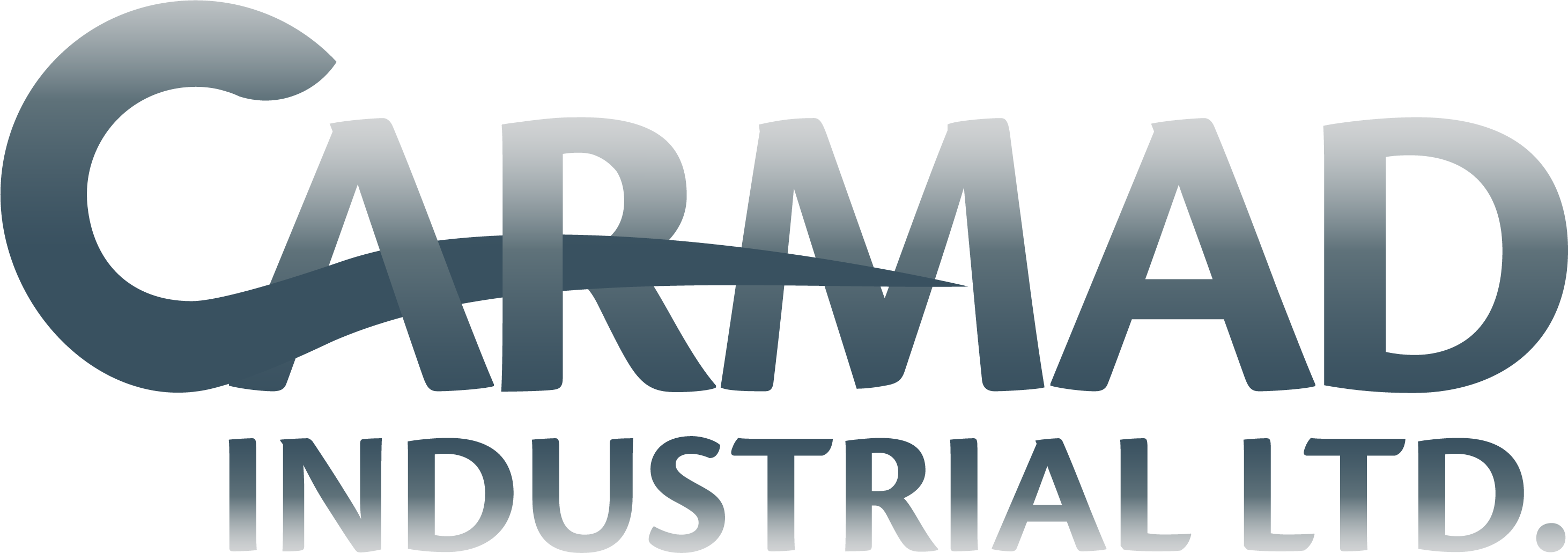Have you ever driven around the city and seen a questionable display of tax dollars put to use for abstract art? Every city in North America has their share. And, whether you love it, hate it, or simply just don’t get it – one thing is for certain: having sculptures maintained is better than having them removed. Bonus points if they can be easily maintained at an affordable rate. And, that’s exactly what the City of Toronto discovered.
Along University Avenue in Toronto lives a world-famous, stainless steel sculpture made by contemporary artist Zhang Huan. The art piece measures about 20m x 20m and weighs over 20 tons! Within one year of being on display, the sculpture had been covered by debris, dust, and pollutants from nearby traffic. You can imagine that in a less-welcoming city of expensive art, that the possibility of vandalism and graffiti is also a risk.

The Challenges of Cleaning Art
The challenge public art presents the City is how to effectively clean it without incurring damage (after all, no one wants their tax dollars to go to waste). The first option might be to have a team of workers scaffold around the object and hand wash it. You might imagine, as the City of Toronto did, that it’s not feasible to have a staff of workers carefully and delicately clean every crack and crevice by hand, especially considering the risk of potentially damaging the art. The next option would be to pressure wash it. Water, after all, wouldn’t damage the surface, and with enough pressure, the team could clean difficult areas with ease.
But, pressure washing glass and metallics is not as effective as concrete and brick. Why? Well, as you know if you’ve ever washed your car – streaks easily occur and it doesn’t take too long before your car appears dirty again. Water actually contains minerals that when dried on glass and metallics are visible to the naked eye. Dried minerals create an additional surface area to attract dust, dirt, grime, and pollutants to call home. Pressure washing priceless art, while fast and easy, is a waste of time.

The Best Way To Clean
This is when the City of Toronto decided on Dry Ice blasting as their cleaning method. Admittedly, dry ice is slightly more expensive than water. But there are unparalleled advantages dry ice blasting has over every other method. First and foremost, dry ice blasting is non-abrasive and is safe to use on all surfaces, no matter how delicate. Dry ice sublimates on contact, with only enough kinetic energy to remove the surface grime without transferring any damage to the surface beneath it. Second, dry ice blasting can get in all the same hard-to-reach areas as pressure washing, with the clear advantage being dry ice evaporates and leaves no mess behind. Imagine a soaking wet 20x20m piece of metal dripping wet and left to air dry. Now imagine the same 20x20m piece of metal dry and shiny, and that’s what dry ice blasting does. Finally, unlike water leaving any minerals behind, dry ice provides a truly cleaned surface that will remain clean-looking for far longer periods of time!
In summary, ensuring public art is properly cleaned and maintained will ensure the City’s tax dollars don’t go to waste. This objective is achieved by using the most cost-effective method of cleaning, and that just happens to be Dry ice blasting. Dry ice blasting is used by municipalities and art restoration companies all over the world as the best way to preserve sculptures. Carmad Industrial is the premier dry ice blasting service in Western Canada. For more information, visit our page on dry ice blasting, or call us directly at 780.728.7140. Thank you for reading, and we’ll see you again soon!
